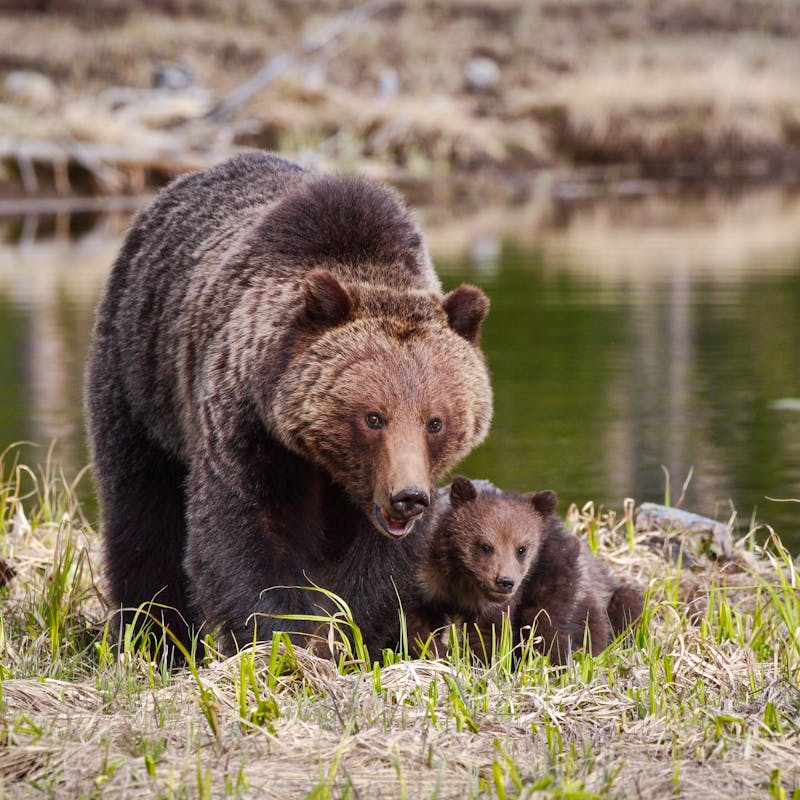The California Coastal Commission voted unanimously last evening to amend the permit for the Oceano Dunes State Vehicular Recreation Area to phase out off-highway vehicle (OHV) use over the next three years.
“This is a win for wildlife and the sensitive habitats at Oceano Dunes,” said Andrew Johnson, California representative, Defenders of Wildlife “We hope this ruling by the Coastal Commission reinforces the idea that we have to coexist with nature rather than harm and exploit it.”
Commission staff said that OHV use is not consistent with local coastal programs and the ongoing harm caused by OHV use is unlawful under the California Coastal Act. The Coastal Commission is responsible for enforcing the act, which requires the state to maximize public recreation on coastal land “consistent with sound resources conservation principles.” Oceano Dunes is largely protected under state and local law as an environmentally sensitive habitat area.
The commission decided to shorten the phase-out period recommended by their staff from five years to three years. Commenters from the conservation community encouraged the commission to shorten the phase-out window to minimize ongoing damage to the coast, people and imperiled wildlife.
“This is a victory for endangered wildlife, sacred tribal areas and our coast,” said Johnson. “We thank the commission for its decision to speed up the phase-out to remove OHVs from sensitive habitat and to cut pollution affecting nearby communities.”
Vehicle use has the most direct impacts on federally and state listed endangered and threatened shorebirds, like the California least tern, tidewater goby, and western snowy plover, among others. The California least tern and western snowy plover build nests in the sand and are hard to see, which makes them particularly vulnerable to crushing by vehicle traffic. Additionally, local residents feel the impacts of increased traffic. Vehicle use creates air pollution from sand and dust stirred up by vehicles, impacting nearby communities’ health and safety. Defenders also argued against the injustice that vehicular recreation imposes on communities adjacent to the park, who have to suffer the noise, crime and environmental degradation associated with the influx of OHV recreationists without realizing economic benefits or being able to access safe local beaches. And OHV recreation has, in large measure, impeded access to tribal groups, who have called this section of coast home for millennia.
Johnson commented that new economic opportunities for the park are possible with this decision saying, “Oceano Dunes can develop new economies around more passive forms of coastal recreation—beach walking, swimming, surfing, fishing and even beach camping in certain areas—that were often denied by high vehicle traffic along the beach.”
Oceano Dunes state park is one of nine state vehicular recreation areas in California and the only one that has allowed motorized recreation on fragile coastal dunes and beach habitats. About 1.5 million people visit the park each year with thousands of vehicles per day driving over thousands of acres of beach and sand dunes.
California State Parks, which manages the Oceano Dunes District, including Pismo State Beach and the Oceano Dunes State Vehicular Recreation Area, have claimed that they can manage vehicular recreation and wildlife conservation. But things came to a head In July 2020 when the commission sent a cease and desist letter to California State Parks to stop moving and destroying plover nests, a blatant violation of the federal Endangered Species Act.
“This vote should put to rest 40 years of debate of how Oceano Dunes should be managed,” said Johnson, “To the benefit of endangered species, our fragile coastal ecosystem, tribal groups and local residents.”
Over the past year, Defenders has worked with the Dunes Alliance and the People for the Dunes campaign to advocate for an end of vehicular activities on Pismo State Beach and Oceano Dunes. For decades, these sensitive habitat zones have come under siege by people in four-wheel-drive trucks and off-highway vehicle riders who flock to the only section along the California coast where they can drive on the beach and dunes. But yesterday, after a marathon hearing, the California Coastal Commission voted to phase out these activities, which have harmed wildlife and violated state and local laws for decades.
For over 75 years, Defenders of Wildlife has remained dedicated to protecting all native animals and plants in their natural communities. With a nationwide network of nearly 2.1 million members and activists, Defenders of Wildlife is a leading advocate for innovative solutions to safeguard our wildlife for generations to come. To learn more, please visit https://defenders.org/newsroom or follow us on X @Defenders.
Media Contact
News

Defenders Celebrates Oregon Bill that Paves the Way for Safer Roads
